Istanbul is a place where West and East meet, where different cultural and religious traditions are surprisingly intertwined. Even the very geographical position on the border between two parts of the world – Europe and Asia – makes it special. Istanbul is also unique for its complicated history. If only because he managed to visit the capital of two great powerful empires – Byzantine and Ottoman. It is not surprising that the city has a lot of monuments and artifacts that keep the memory of the rich history and diversity of cultural traditions. Of course, the museums of Istanbul are special custodians of the historical and cultural heritage. Various exhibitions allow you to plunge into different eras and get acquainted with the amazing past – ancient Byzantium, the great Byzantine Constantinople, Turkish Istanbul. But not only the past is “mothballed” in Istanbul museums! They display a wide variety of collections – from the luxurious chambers of the sultans to exhibitions of toys, cars or chocolate. Expositions can be found for almost every taste! So, here they are, the best museums in Istanbul …
Content:
Travel in time: the history museums of Istanbul
Ottoman palaces
Byzantine Heritage Museums
Fortresses and military museums of Istanbul
Get Involved in Art: Art Collections
Science and technology museums
Unusual museums in Istanbul
Istanbul museums: save on tickets and skip the line
The best museums of Istanbul on the map
Traveling in time: the history museums of Istanbul
Istanbul Archaeological Museum (İstanbul Arkeoloji Müzeleri)
A real archaeological treasury, the collection of which contains more than a million exhibits – monuments of different eras and cultures. The richest collection of sarcophagi, including the famous Sidonian sarcophagus or the sarcophagus of Alexander the Great, artifacts from Troy and the ancient civilizations of Mesopotamia, Asia Minor, coins, orders, seals, statues, obelisks, busts of ancient Greek gods, cuneiform tablets – there is definitely something to see here.
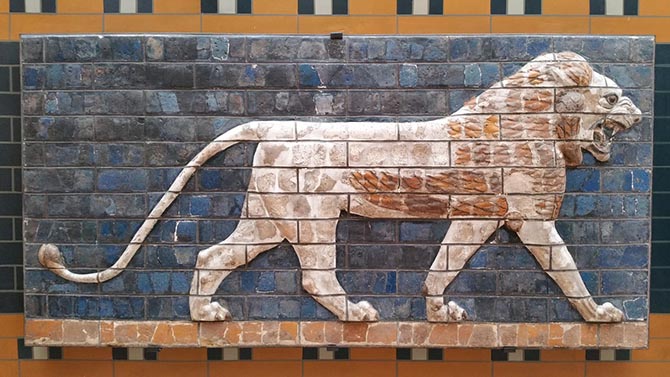
The Tiled Pavilion is also part of the museum complex (Cinili Pavilion), which houses the Museum of Turkish Ceramics. Interesting is not only the exposition, which is located in it, but also the building of this pavilion itself. Both inside and outside, it is decorated with Iznik tiles of amazing beauty and grace.
Website: https://muze.gen.tr/muze-detay/arkeoloji
Ayasofya
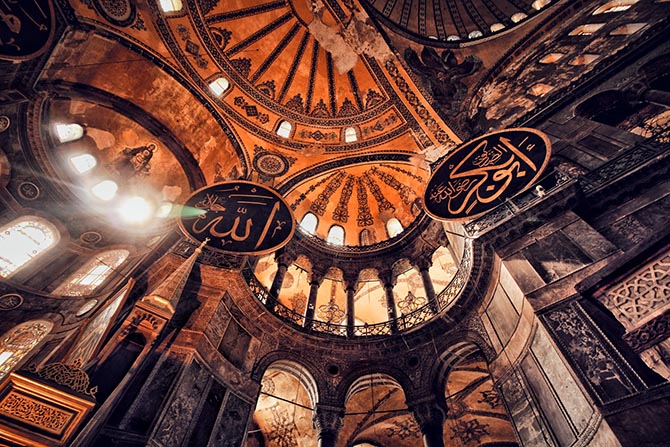
Until recently, one of the most popular museums in Istanbul was the famous Hagia Sophia. For a thousand years it was an Orthodox church, the main cathedral of Byzantium. Since 1453 and for almost 500 years – the main mosque of the Ottoman Empire (during this period, four minarets were added to the building, and some Byzantine mosaics were partially covered with plaster). In 1934, the founder of the secular Turkish Republic, Kemal Ataturk, made Hagia Sophia a museum as a sign of goodwill towards the countries of the West. Subsequently, the museum was included in the list of UNESCO cultural heritage sites. And in July 2020, the status of a mosque was returned to him. But although formally it is no longer a museum, we still cannot fail to mention this attraction in our selection.
Hagia Sophia is dedicated to the big story of our audio tour “The Heart of Istanbul” – it contains many interesting facts and stories about this symbol of the city, as well as about other places in the historical center.
Palace Museums
Topkapi Palace (Topkapı Sarayı Müzesi)
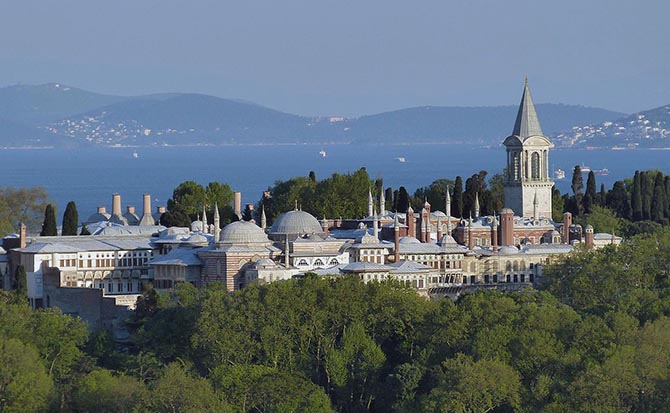
For almost 400 years of its 600-year history, Topkapi Palace was the residence of the Ottoman sultans, as well as the administrative center of the Ottoman Empire. Since 1924 it has been transformed into a museum, one of the largest in size in the world and one of the most popular in Istanbul. Structures of different centuries, monumental gates, pavilions, towers, fountains, mosques and other palace buildings, which are located in the four courtyards of the Topkapi complex, are themselves museum exhibits. Here you can see vivid examples of Ottoman architecture, amazingly beautiful interiors decorated with intricate paintings, graceful lattices and the famous Iznik tiles. But besides the palace buildings themselves and their interiors, various collections presented inside individual buildings of the palace are also interesting. The richest exposition of the Topkapi Palace includes, for example, collections of jewelry, ancient weapons, Chinese porcelain, kitchen utensils, watches and much more, you can spend a whole day on a close inspection of all expositions!
Separate tickets are required to visit the Harem and the Byzantine Church of Ayia Irini.
Topkapi is included in the list of museums that can be visited using the Istanbul Museum Map (read more about it below in the article).
Audioguide of Topkapi Palace available on our mobile app Travelry.
Read also:
Topkapi Palace in Istanbul: interesting facts and tips for tourists
Istanbul on its own: tips and secrets
A week in Istanbul: attractions and detailed itineraries
Dolmabahçe Sarayı Palace
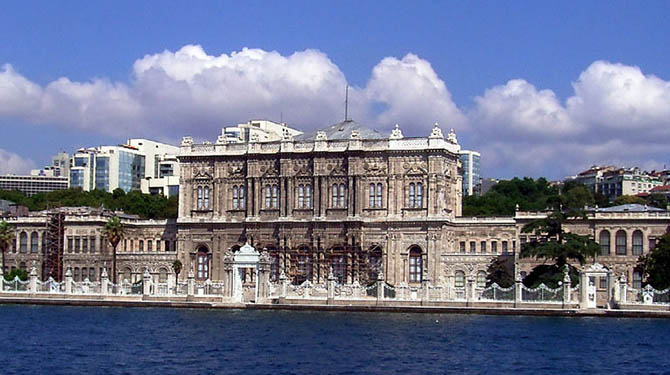
Luxurious residence of the Ottoman sultans, which rivals the best palaces in Europe in pomp. It combines European luxury and oriental splendor. By the way, the Russian artist Ivan Aivazovsky also took part in the interior design. Six sultans managed to live in the Dolmabahce palace, and after the fall of the caliphate, the first president of Turkey, Kemal Ataturk, chose him as his headquarters and residence. Today, a museum is set up in the former residence of the Ottoman rulers.
Website: https://www.millisaraylar.gov.tr/saraylar/dolmabahce-sarayi
Maslak Kasrı Palace
Former hunting residence of the sultans, built in the 19th century. The complex is located on a vast forested area of 170 hectares and, in addition to a two-storey palace, includes several elegant pavilions – hunting lodges.
Website: https://www.millisaraylar.gov.tr/kasirlar/maslak-kasirlari
Spirit of Constantinople: Byzantine Heritage Museums
Grand Palace Mosaic Museum (Büyük Saray Mozaikleri Müzesi)
Almost the only thing that tells about the beauty and grandeur of the Grand Palace, which has not survived to our time, the former residence of the Byzantine emperors, is its mosaics. Indeed, after the pogrom organized in Constantinople by the crusaders in 1204, and then during the period of Turkish rule, all this Byzantine luxury practically remained only memories: the Blue Mosque and many other Ottoman buildings were partially located on the former territory of the Grand Palace. However, in the 1930s, archaeologists discovered here, not far from the Arasta market, unique mosaics of the 5th century and the remains of the palace premises. As it turned out later, these are fragments of a peristyle, that is, a covered gallery with a colonnade located in the inner part of the palace. At this place, it was decided to arrange the Museum of Mosaics of the Grand Palace, where you can see these findings. The magnificent and fairly well-preserved mosaics that once adorned the floors of the palace depict ancient Roman subjects – animals, hunting scenes, everyday life.
Website: https://muze.gen.tr/muze-detay/mozaik
Mosaic Museum is included in the itinerary of the “Heart of Istanbul” audio tour available in the Travelry app – in the story about the museum we recall what the palace of the Byzantine emperors was like during the heyday of Constantinople …
Chora Church, Kariye Museum (Kariye Müzesi) – from 2020 Kariye Mosque
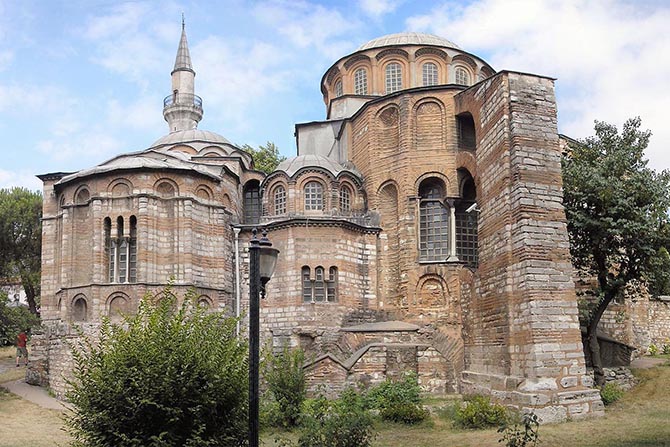
This church, converted into a museum, houses some of the world’s finest Byzantine frescoes and mosaics from the 14th century. It was built as part of the Chora monastery complex, which for 600 years was one of the main Orthodox monasteries in Constantinople. After the fall of the Byzantine Empire, the monastery was transformed into a mosque, and numerous mosaics and frescoes were plastered, which saved them from destruction. Since 1948, the Chora Church has been transformed into the Kariye Museum.
In August 2020, shortly after being converted into the Hagia Sophia Mosque, the Kariye Museum was also converted into a mosque.
Website: https://muze.gen.tr/muze-detay/kariye
Museum of Fethiye (Fethiye camii), or Church of Our Lady of Pammakarista
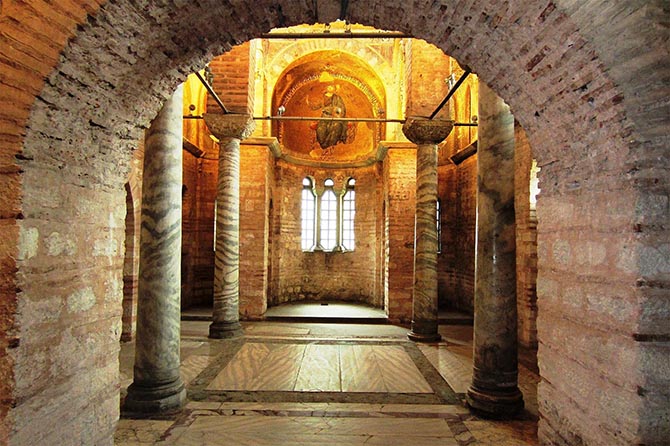
One of the gems of Byzantine culture, in which you can see the original mosaics from the time of Constantinople. The basis of this building is a church built approximately in the XII century. After the fall of Constantinople, under the Ottomans, the chair of the primate of the Church of Constantinople was located here for more than a century. But in 1587, the church was nevertheless converted into a Fethiye mosque and rebuilt. But part of the ancient mosaics of the XIV century survived (due to the fact that they were simply covered up). Already in the 20th century, they were restored, and the church became a museum where you can get acquainted with the Byzantine cultural heritage.
Website: https://muze.gen.tr/muze-detay/fethiye
Basilica Cistern, Yerebatan Sarnıcı
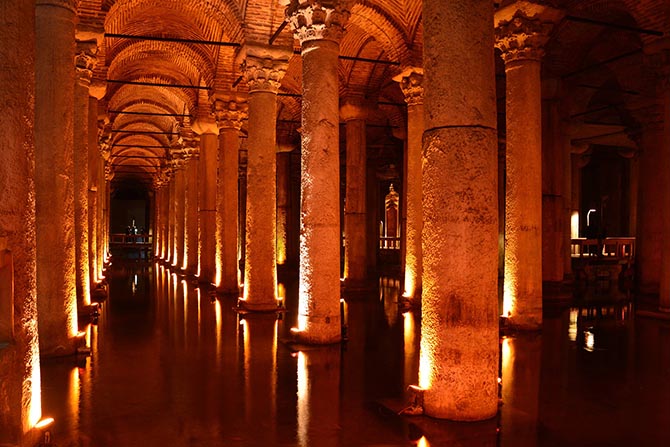
The largest and most famous cistern in Istanbul dates back to 532, the time of Emperor Justinian. She used to supply water to the Great Palace of Constantinople, and later to the Topkapi Palace. The cistern itself looks like an underground palace – its vaults are supported by 336 columns, taken from ancient temples at one time. The atmosphere in the cistern is mesmerizing – the “Underground Palace” makes a great impression on everyone. Including cinematographers who filmed scenes of several famous films here.
Website: https://www.yerebatan.com/
We tell more about the Basilica cistern in the audio guide around Istanbul Travelry.
Theodosius Cistern (Şerefiye Sarnıcı)
This Byzantine underground cistern for collecting and storing water was built during the reign of Emperor Theodosius II, in the first half of the 5th century. Water came here through the ancient aqueduct of Valens (built in the 4th century), and from here – including the nearby Baths of Zeuxipus, numerous fountains and even the imperial residence – the Grand Palace.
Website: https://www.serefiyesarnici.istanbul/
Theodosius Cistern is part of the itinerary of our free audio tour “Istanbul Secrets” – you can download it in the mobile app Travelry.
Fortresses and military museums of Istanbul
Rumeli Hisarı Fortress
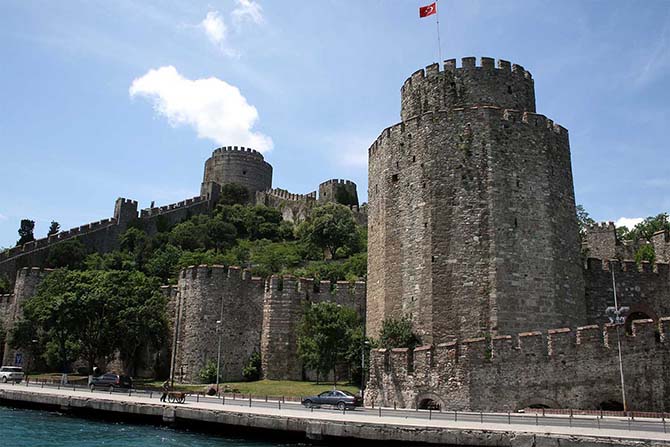
This fortress was built by Mehmed Fatih (Conqueror) in 1452 opposite the Anatolian fortress in order to cut off Constantinople from the sea. The construction, which involved 2,000 builders and more than 1,000 craftsmen, took a record short time – 4 months 16 days. A year later, Constantinople was captured by the Ottomans and turned into the capital of the Ottoman Empire.
Today, the Museum of Artillery is located here – cannons, cannonballs, and a piece of chain that blocked the passage through the Golden Horn are exhibited. The fortress offers beautiful views of the surroundings.
Website: https://muze.gen.tr/muze-detay/rumeli
War Museum in Istanbul (Askeri Müze)
A museum with a rich collection that tells about the military history of Constantinople – Istanbul, from antiquity to the present day. The exposition includes military uniforms from different eras, bows, arrows, daggers, Ottoman shields of janissary warriors, firearms, armor for horses, battle tents, sections dedicated to the military campaigns of the sultans, dioramas dedicated to various battles. There is also a piece of chain that the Byzantines pulled across the Golden Horn to keep out enemy ships. The show of the military orchestra of the Janissaries, which takes place here every day at 15.00, is also worthy of attention.
Maritime Museum (Deniz Müzesi)
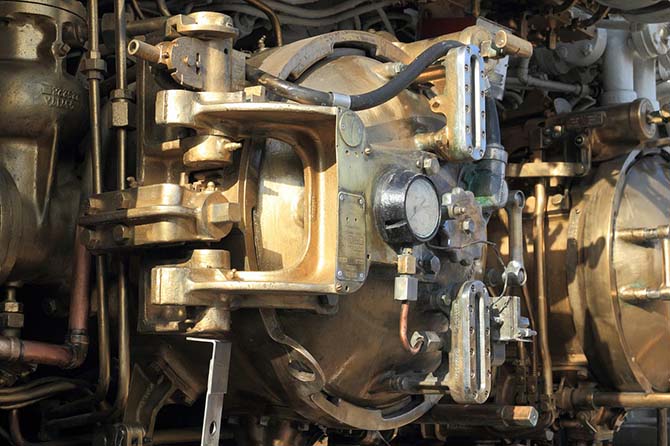
The Istanbul Maritime Museum will delight all lovers of the naval theme – it presents a very interesting collection of ships from different eras and others exhibits related to the history of Turkey. There are life-size ships, a submarine, and the first bulky diving suits.
Website: https://denizmuzesi.dzkk.tsk.tr/en
Museum Panorama 1453 (Panorama 1453 Tarih Müzesi)
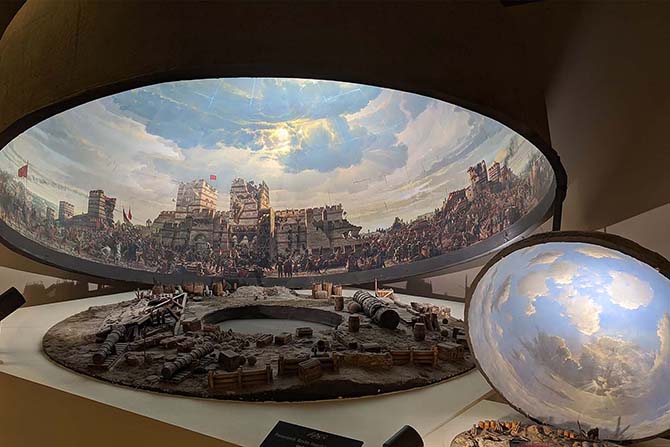
An incredibly realistic display takes museum visitors almost 600 years ago, to May 1453, when Mehmed’s army II stormed Constantinople. The huge canvas of the diorama accommodated almost 10 thousand participants in that battle, cannons, cannonballs, stones, ammunition are scattered everywhere, and various special effects such as cannon shots, shouts of soldiers, the crash of falling walls and loud music add a sense of involvement with what is happening on the panoramic canvas.
Website: https://www.panoramikmuze.com/
Traditional Islamic and Contemporary Art
Museum of Turkish and Islamic Art (Türk ve İslam Eserleri Müzesi)
A cozy museum in the very center of Istanbul, in the former palace of the vizier Ibrahim Pasha. The richest exposition includes tens of thousands of exhibits, including samples of calligraphy, tiles, tiles, items from archaeological excavations. There are also numerous household items, clothing and interior furnishings that are somehow related to the Ottoman rulers – unique carpets, clothes, shoes, books, manuscripts, jewelry, documents.
Website: https://muze.gen.tr/muze-detay/tiem
Pera Museum (Pera Müzesi)
A museum that is interesting both inside and outside. The exposition is located in the building of the former fashionable hotel “Bristol” (late 19th century), where the wealthy guests of Istanbul once stayed. Today, the Pera gallery contains several collections of Turkish art (painting, ceramics) at once. On many canvases you can see old Istanbul during the Ottoman Empire: everyday scenes, images of a harem, military scenes. Among the exhibits there are paintings by the famous Turkish painter Osman Hamdi-Bey, among which there is his most famous – “The Turtle Trainer”.

